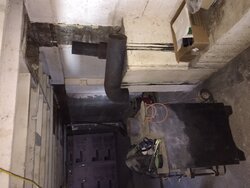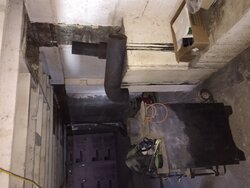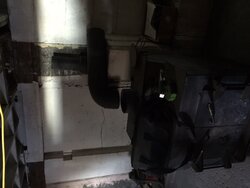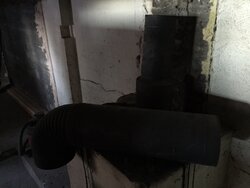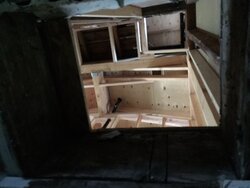I'm renovating a home. Primary heat source will be wood. There will be a newer (smaller) stove in the great room/kitchen area, and there is an older (much older) behemoth of a stove in the basement which I plan to keep, at least for now. Eventually, I will replace this with something new and efficient. The old behemoth sucks down logs (whole logs) like they are kindling. It has a nice blower on it, and it puts out a lot of heat!
My questions are regarding the big stove in the basement:
1. I tore out the old chimney which was made from concrete blocks. I am planning to put in triple wall pipe. The current stove has an 8" pipe. I wish I could put in 6" since I'm sure the new stove I replace it with down the road will be a 6". Of course, I cannot do this. So... is it OK to put in 8" pipe and then eventually hook up the 6" stove to it?
2. When I look online the price range for tipple wall seems to go from $80 a section up to $200 a section roughly. Why? The majority of my pipe will be completely hidden and not visible from anywhere. I don't care if it is "pretty." Any suggestions?
My questions are regarding the big stove in the basement:
1. I tore out the old chimney which was made from concrete blocks. I am planning to put in triple wall pipe. The current stove has an 8" pipe. I wish I could put in 6" since I'm sure the new stove I replace it with down the road will be a 6". Of course, I cannot do this. So... is it OK to put in 8" pipe and then eventually hook up the 6" stove to it?
2. When I look online the price range for tipple wall seems to go from $80 a section up to $200 a section roughly. Why? The majority of my pipe will be completely hidden and not visible from anywhere. I don't care if it is "pretty." Any suggestions?



